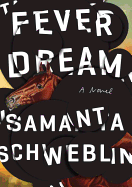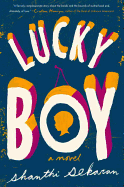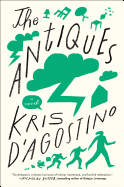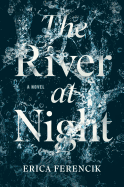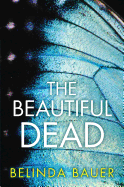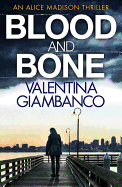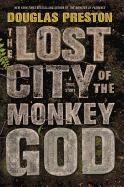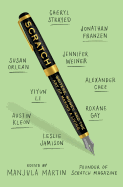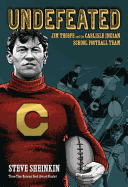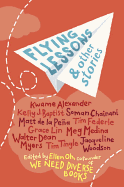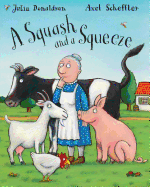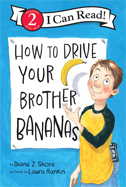 |
| photo: Kate Hannon |
Erica Ferencik is a graduate of the MFA program in Creative Writing at Boston University. Her work has appeared in Salon and the Boston Globe, and on National Public Radio. The River at Night (Gallery/Scout Press; reviewed below) is a thriller that chills: four women, friends for 15 years, embark on a whitewater-rafting trip in the wilds of northern Maine. What could possibly go wrong? They find out rather quickly, after a rafting accident, about "things that lurk in the woods" as Ferencik "[drops] readers into pitfalls, unseen dangers and bubbling cauldrons of backstory." Our review is below.
You sold real estate in Boston, far from the vast Maine woods.
I did sell real estate for a living for many years. Hey, a girl has to live. However, I only sold locally, the Metrowest Boston area, never in Maine. In my other life--my writing life--I am a stickler for getting every detail of a story right, especially settings. So I made it my business to see first-hand what I intended to write about, as well as interview those who might give me a flavor for some of the characters I was trying to create.
The farthest north in Maine I had ever been was Portland, so it was time to plan a trip up into the hinterlands--into the storied Allagash Wilderness, over 5,000 square miles of rivers, lakes, and forest. My goal--one of them--was to interview people who live off the grid. But I didn't know a soul up there.
I called the chambers of commerce in towns from Orono to Fort Kent, as far north and west as you can go, until the road ends and the forest begins, which is a little town called, of all things: Dickey.
Everyone I spoke to on the phone said: Well, these folks don't want to be contacted. That's why they live off the grid... but I do know someone who knows someone... soon I was able to line up half a dozen interviews with people who had decided to disappear.
Even though I made hotel reservations for nine nights, I only needed them for the first and last, because everyone I met offered me a place to stay.
I crashed in two cabins, a teepee, a yurt, a rehabbed school bus and a boat (on land, not water.) In November. Sometimes a good mile from anything resembling a road. In the end, I was able to get a great feel for the vastness of the place, and land some great interviews as well.
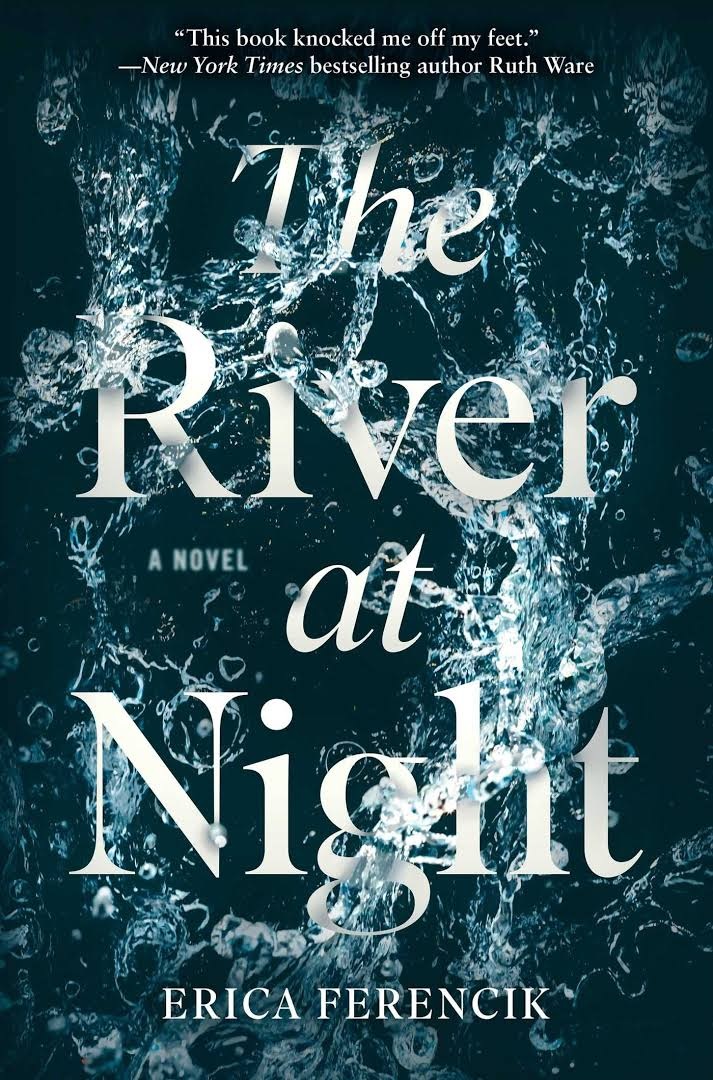 You did standup and wrote jokes for Letterman, but your novel is so dark. Where does that come from?
You did standup and wrote jokes for Letterman, but your novel is so dark. Where does that come from?
Mark Twain said: "The secret source of humor itself is not joy, but sorrow. There is no humor in heaven."
Yes, you are right! The River at Night is quite dark, and I am also quite funny (see my satiric novel, Cracks in the Foundation). Lots of people find this dichotomy hard to reconcile, which is understandable, but the fact is, most (good) humor comes from some kind of dark place. It's impossible to make a good joke without some kind of wicked twist. In fact, the best humor is equal parts dark and light. As a standup, you risk being pretty toothless--as well as not that funny--if everything is kept light, and let me tell you, being not that funny on stage is no fun at all, for anybody.
As a comedian, you hold a kind of power over the audience, similar to what you do when you write a suspense novel. As an author, you are withholding something that you reveal in your own time, in your own way, in order to elicit some sort of reaction from the audience. Same with a joke.
Part of being a good storyteller is projecting a sense of realism in your work. Since humor is a part of life, it's great to make it a natural part of the narrative, when appropriate in the story. Have you ever read something that is absolutely humorless? There is something unrealistic about it, as if the author was blind to some elements in his or her own story. Not the most satisfying thing.
Is this an homage to Deliverance?
In a big way. I read and fell in love with James Dickey's 1970 novel a couple of years ago. Most people have seen the movie--cue the banjos--but I'm not sure the book has gotten the love it deserves.
Dickey was a poet, but he also wrote this fabulous, propulsive, first-person novel about four male friends who go whitewater rafting in the Georgia wilderness. The book was utterly terrifying to me--this series of bad decisions and bad luck that led to disaster. It was so unpretentious, just an author telling a story that felt as if it could happen to anyone, a story that became more and more horrific as it unfolded. Before I read the book, I had come off a spate of reading novels that tried too hard to be scary or suspenseful, when life itself--even just barely tweaked--can be so much more frightening and edge-of-your seat. So Dickey really inspired me to just tell the story. There was something so simple and wonderful about that freedom.
I am also fascinated with the joys and terrors of female friendship, and about the natural world, so it all fit together for me to write The River at Night. --Marilyn Dahl, editor, Shelf Awareness for Readers
Erica Ferencik: Just Tell the Story
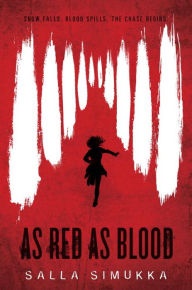 An international bestseller, here translated from the original Finnish, Salla Simukka's As Red as Blood (Crown) will chill and thrill. The debut of the As Red as Blood trilogy stars the tough-as-nails 17-year-old Lumikki, named after the Finnish Snow White. She stumbles into a real mystery: a stash of 30,000 euros, once blood-soaked but now washed and hung to dry in the darkroom of her "elite magnet school for the arts." As Lumikki gets pulled in to the murder-mystery by three "money-laundering" classmates, the narrative unfolds in a distant, observational, detective-novel style that suits both the story and the frigid Scandinavian setting. Readers are tossed only tantalizing morsels of Lumikki's own mystery--why she's living on her own and why she's become ninja-level-skilled at self-preservation. Greed, cruelty, crime, corruption, lust, secrets and betrayal run amok in this suspenseful YA trilogy debut.
An international bestseller, here translated from the original Finnish, Salla Simukka's As Red as Blood (Crown) will chill and thrill. The debut of the As Red as Blood trilogy stars the tough-as-nails 17-year-old Lumikki, named after the Finnish Snow White. She stumbles into a real mystery: a stash of 30,000 euros, once blood-soaked but now washed and hung to dry in the darkroom of her "elite magnet school for the arts." As Lumikki gets pulled in to the murder-mystery by three "money-laundering" classmates, the narrative unfolds in a distant, observational, detective-novel style that suits both the story and the frigid Scandinavian setting. Readers are tossed only tantalizing morsels of Lumikki's own mystery--why she's living on her own and why she's become ninja-level-skilled at self-preservation. Greed, cruelty, crime, corruption, lust, secrets and betrayal run amok in this suspenseful YA trilogy debut.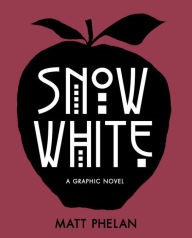 Snow White: A Graphic Novel (Candlewick) by Matt Phelan (Bluffton; The Storm in the Barn) begins in New York City's Central Park in 1918 when the young Samantha "Snow" White's dying mother coughs bright red drops of blood into a handkerchief. Her father, the "King of Wall Street," remarries a vain, gold-digging, indeed evil Broadway star who eventually kills him and wants his daughter dead too. A band of street kids called "the Seven" save Snow just in time--more than once. How Phelan manages to tell this nail-biter of a story with so few words in comic-strip panels is a testimony to his great talent, and his murky pencil, ink and watercolor artwork elegantly captures the ominous mood. Dark, gorgeous and ultimately heartening. --Karin Snelson, children's & YA editor, Shelf Awareness
Snow White: A Graphic Novel (Candlewick) by Matt Phelan (Bluffton; The Storm in the Barn) begins in New York City's Central Park in 1918 when the young Samantha "Snow" White's dying mother coughs bright red drops of blood into a handkerchief. Her father, the "King of Wall Street," remarries a vain, gold-digging, indeed evil Broadway star who eventually kills him and wants his daughter dead too. A band of street kids called "the Seven" save Snow just in time--more than once. How Phelan manages to tell this nail-biter of a story with so few words in comic-strip panels is a testimony to his great talent, and his murky pencil, ink and watercolor artwork elegantly captures the ominous mood. Dark, gorgeous and ultimately heartening. --Karin Snelson, children's & YA editor, Shelf Awareness



 You did standup and wrote jokes for Letterman, but your novel is so dark. Where does that come from?
You did standup and wrote jokes for Letterman, but your novel is so dark. Where does that come from?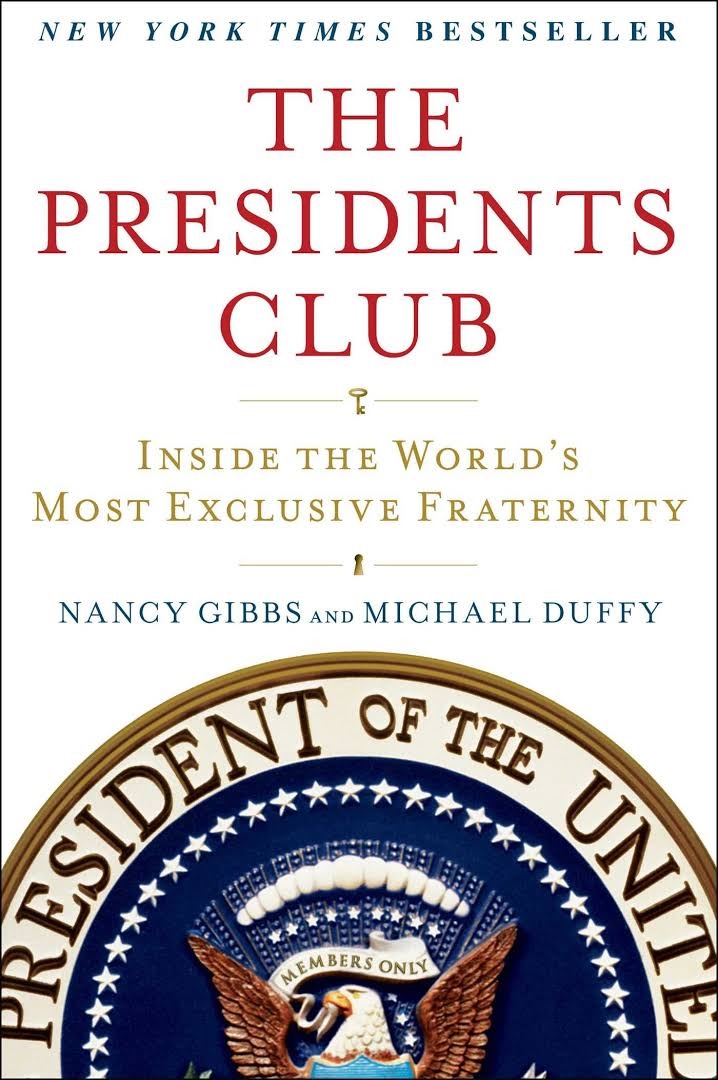 The end of Barack Obama's presidency marks his passage into one of the most exclusive and influential groups in domestic politics: living ex-presidents of the United States. Their relationships with sitting presidents have ranged from cordial and cooperative to less-than-helpful. The coming administration's ties with President Obama may fall on the antagonistic side of this spectrum although since the election, the two have been publicly cordial.
The end of Barack Obama's presidency marks his passage into one of the most exclusive and influential groups in domestic politics: living ex-presidents of the United States. Their relationships with sitting presidents have ranged from cordial and cooperative to less-than-helpful. The coming administration's ties with President Obama may fall on the antagonistic side of this spectrum although since the election, the two have been publicly cordial.